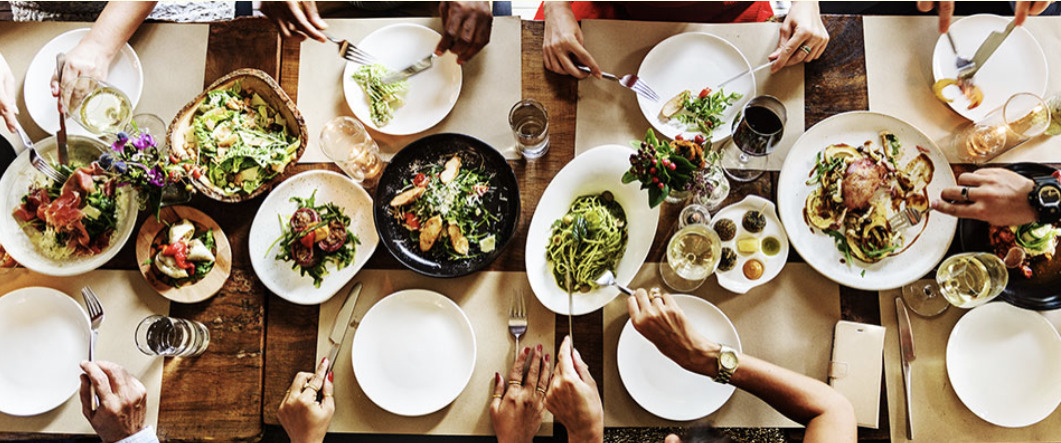3 No-Fail Wine Pairings, No Matter What's Being Served

Following three simple steps will automatically elevate your dinner game.
by Erin Henderson
One of our most popular classes at Wine School is our food and wine pairing workshop.
Understandably, people fret about what wine would pair best with Tuesday’s tacos, or Saturday’s steak. I have a lot to say on the subject, so hopefully we will see you at Wine School, but for now, the quick sip is that to maximize your food and wine pairing success, you want to follow a few basic tenets.
1. Low tannin
Tannins are the astringent stuff that makes your mouth feel like cotton balls. They're found in grape skin (to see what I mean, peel the skin off a grape a chew it. You will feel your mouth dry out and taste the bitter flavour.) They're also found in black tea, walnuts, and dark chocolate, which is why those foods also have that bitter note.
Because of the wine making process, powerful red wines usually have the most tannin. To get the colour into red wine, the clear grape juice needs to macerate with the dark skins. Depending on the depth of the skin, or the length of time the juice is left to sit with the grape skin, the more intense the tannins will be.
These powerful tannins need fat and protein to tame them. So, full bodied red wines have a limited window of food flexibility. Delicate foods like fish will be completely overwhelmed, as well as most vegetable dishes, as well as cheese.
To ensure you can enjoy a red wine with your roast pork, vegetarian stirfry, simple hamburger, cheese pasta, or holiday turkey, look to a wine that has low – or no – tannins. This includes almost all white wines and rosés.
For reds, opt for Gamay, Pinot Noir, Crianza-level Rioja, Frappato from Sicily, or easy going Valpolicellas.
2. High acidity
This is the mouth-watering feeling like when you’ve sucked on a lemon.
All wines need a certain amount of acidity – otherwise you may as well just be drinking juice. The amount of acid present in each wine depends on a lot of factors, not the least of which is the natural level in the grape itself. Like the volume dial on an old radio, some are very low, some are incredibly high.
But acid can be a food's best friend: stimulating saliva, cleansing your palate, and getting you ready for the next bite. Acidity in wine can liven up the food your eating, making it more satisfactory overall.
Wines with high acid include Riesling, Sauvignon Blanc, Champagne and brut sparkling wines, and reds such as Chianti Classico, Pinot Noir, and Grenache.
3. Moderate alcohol
Just like you wouldn't pound whiskies all night, big, boozy wines that pack that whopping punch of 14% or 15% alcohol fatigue your palate, overwhelm your food and simply tire you out.
Wines with low-to-moderate alcohol, say 10-to-12 per cent alcohol, work better with food because they're inherently lighter and brighter and can offset spicy food, support lighter-styled dishes, and compliment complex sauces.
Wines from cooler climates are usually lighter, so look to reds and whites from places like Germany, Ontario, or New Zealand. Wines such as Riesling, Vinho Verde, Méthode Ancestral sparkling, and Gamay are just a few of the widely available grapes and styles on the market.
